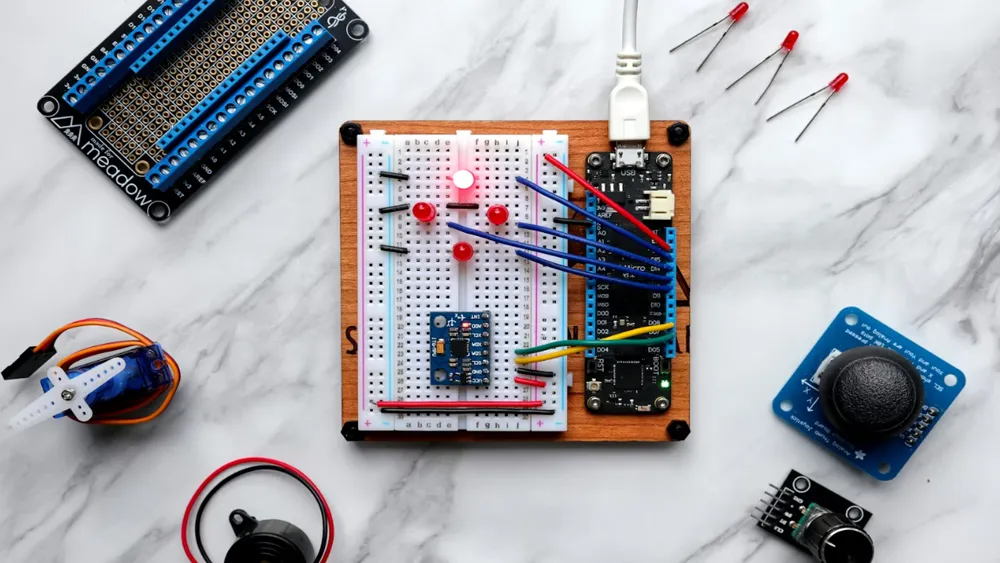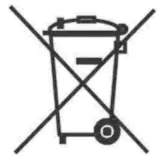
Plug and Socket Outlet Compliance Certification for EU Market
Which regULations apply to the sale of plugs or sockets in the EU market?
Plugs and sockets do not fall under the scope of the EU low voltage directive 2014/35/EU but are regulated by the domestic laws of individual EU member states. Before planning to export these products to EU countries, be sure to verify and comply with the relevant legal requirements.
What standards should plugs and sockets meet for sale in the EU?
Plug and socket standards are regulated by domestic laws in each EU member state, mostly based on the dimensions defined in the International Electrotechnical Commission (IEC) 60884 series of standards. Therefore, you must ensure that the plugs and sockets intended for export to EU countries have been tested by certified laboratories and comply with the relevant national standards.
Additionally, the European standard EN 50075:1990 specifies C-type plugs (hexagonal, non-grounded plugs) rated at 2.5 amps, which are restricted to low-power electrical appliances.
What labels and warnings are requiRED for plugs and sockets sold in the EU?
Plugs and sockets must follow the individual national laws of each EU member state, which often reference national standards for regulating plugs and sockets. According to these requirements, the product must clearly display the manufacturer’s name, contact information, and relevant details of an EU-based representative.
Email:hello@jjrlab.com
Write your message here and send it to us
 What is Amazon TIC and How Can Sellers Achieve Com
What is Amazon TIC and How Can Sellers Achieve Com
 2026 Battery UN38.3 Certification (Test Report) &a
2026 Battery UN38.3 Certification (Test Report) &a
 What is the IEC 62680 Standard? Compliance Interpr
What is the IEC 62680 Standard? Compliance Interpr
 Amazon Japan December Compliance Requirements
Amazon Japan December Compliance Requirements
 How to Check a CPSC-Accepted Laboratory?
How to Check a CPSC-Accepted Laboratory?
 WEEE Registration for Waste Electrical &Electr
WEEE Registration for Waste Electrical &Electr
 MSDS Chemical Safety Testing
MSDS Chemical Safety Testing
 What Are the Differences Between UK REACH and EU R
What Are the Differences Between UK REACH and EU R
Leave us a message
24-hour online customer service at any time to respond, so that you worry!




